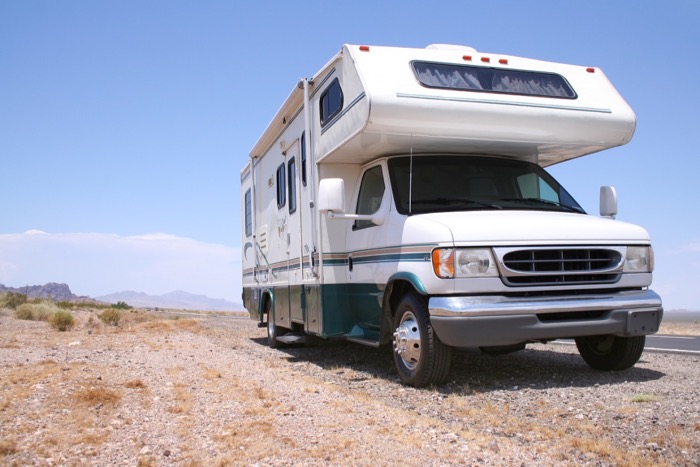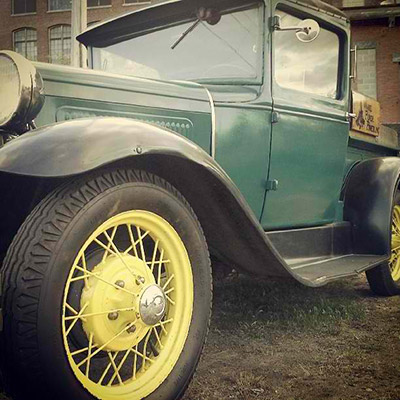
Before it's time to head back to school, follow these tips to help ensure your kids have a safe, happy and productive year.
Make the first day easier
- Remember that you don't need to wait until the first day of class to ask for help. Schools are open to address any concerns a parent or child might have, including the specific needs of a child, over the summer. The best time to get help might be one to two weeks before school opens.
- Many children get nervous about new situations, including changing to a new school, classroom or teacher. This may happen at any age. If your child seems nervous, it can be helpful to rehearse heading into the new situation. Take them to visit the new school or classroom before the first day of school. Remind them that there are probably a lot of students who are uneasy about the first day of school. Teachers know that students are nervous and will make an extra effort to make sure everyone feels as comfortable as possible. If your child seems nervous, ask them what they are worried about and help them problem-solve ways to master the new situation.
- Point out the positive aspects of starting school to help your kids look forward to the first day of class. Talk about how they will see old friends and meet new ones, for example.
- Find another child in the neighborhood you child can walk to school or ride with on the bus.
- If it is a new school for your child, attend any available orientations and take an opportunity to tour the school before the first day. Bring your child to school a few days prior to class to play on the playground and get comfortable in the new environment.
- If you feel it is needed, drive your child (or walk with them) to school and pick them up on the first day. Get there early on the first day to cut down on unnecessary stress.
- Consider starting your child on their school sleep/wake schedule a week or so ahead of time so that time change is not a factor on their first couple of days at school.
Backpack safety
- Choose a backpack with wide, padded shoulder straps and a padded back.
- Organize your child's backpack to use all of its compartments. Pack heavier items closest to the center of the back. The backpack should never weigh more than 10% to 20% of your child's body weight. Go through the pack with your child weekly, and remove unneeded items to keep it light.
- Remind your child to always use both shoulder straps. Slinging a backpack over one shoulder can strain muscles.
- Adjust the pack so that the bottom sits at your child's waist.
- If your school allows, consider a rolling backpack. This type of backpack may be a good choice for students who must tote a heavy load. Remember that rolling backpacks still must be carried up stairs, they may be difficult to roll in snow, and they may not fit in some lockers. And review backpack safety with your child.
Traveling to & from school
Review the basic rules with your student and practice any new routes or modes of transportation:
School bus
- Children should always board and exit the bus at locations that provide safe access to the bus or to the school building.
- Remind your child to wait for the bus to stop before approaching it from the curb.
- Make sure your child walks where she can see the bus driver (which means the driver will be able to see them, too).
- Remind your student to look both ways to see that no other traffic is coming before crossing the street, just in case somebody does not stop as required. Encourage your child to actually practice how to cross the street several times before the first day of school.
- If the school bus has lap/shoulder seat belts, make sure your child uses one at all times when in the bus. (If your child's school bus does not have lap/shoulder belts, encourage the school system to buy or lease buses with lap/shoulder belts). See Where We Stand: Safety Restraints on the School Bus for more information. Your child should not move around on the bus.
- Check on the school's policy regarding food on the bus. Eating on the bus can present a problem for students with allergies and also lead to infestations of insects and vermin on the vehicles.
- If your child has a chronic condition that could result in an emergency on the bus, make sure you work with the school nurse or other school health personnel to have a bus emergency plan. If possible, do this before the first day of class.
Car
- All passengers should wear a seat belt or use an age- and size-appropriate car seat or booster seat.
- Keep your child riding in a car seat with a harness as long as possible and then ride in a belt-positioning booster seat. Your child is ready for a booster seat when they have reached the top weight or height allowed for their seat, their shoulders are above the top harness slots, or her ears have reached the top of the seat.
- Your child should ride in a belt-positioning booster seat until the vehicle's seat belt fits properly (usually when the child reaches about 4' 9" in height and is between 8 to 12 years of age). This means that your child is tall enough to sit against the vehicle seat back with their legs bent at the knees and feet hanging down and the shoulder belt lies across the middle of the chest and shoulder, not the neck or throat; the lap belt is low and snug across the thighs, not the stomach.
- All children younger than 13 years of age should ride in the rear seat of vehicles. If you must drive more children than can fit in the rear seat (when carpooling, for example), move the front-seat passenger's seat as far back as possible and have the child ride in a booster seat if the seat belts do not fit properly without it.
- Remember that many crashes occur while novice teen drivers are going to and from school. Remind your teen to wear their seat belt, limit the number of teen passengers, and do not allow eating, drinking, cell phone conversations (even when using hands-free devices or speakerphone), texting or other mobile device use to prevent driver distraction. Familiarize yourself with your state's graduated driver's license law and consider the use of a parent-teen driver agreement to facilitate the early driving learning process. See here for a sample parent-teen driver agreement.
Bike
- Practice the bike route to school before the first day of school to make sure your child can manage it.
- Always wear a bicycle helmet, no matter how short or long the ride.
- Ride on the right, in the same direction as auto traffic and ride in bike lanes if they are present.
- Use appropriate hand signals.
- Respect traffic lights and stop signs.
- Wear bright-colored clothing to increase visibility. White or light-colored clothing and reflective gear is especially important after dark.
- Know the "rules of the road."
Walking to school
- Children are generally ready to start walking to school at 9 to 11 years of age.
- Make sure your child's walk to school is a safe route with well-trained adult crossing guards at every intersection.
- Identify other children in the neighborhood with whom your child can walk to school. In neighborhoods with higher levels of traffic, consider organizing a "walking school bus," in which an adult accompanies a group of neighborhood children walking to school.
- Be realistic about your child's pedestrian skills. Because small children are impulsive and less cautious around traffic, carefully consider whether or not your child is ready to walk to school without adult supervision. If the route home requires crossing busier streets than your child can reasonably do safely, have an adult, older friend or sibling escort them home.
- If your children are young or are walking to a new school, walk with them or have another adult walk with them the first week or until you are sure they know the route and can do it safely. If your child will need to cross a street on the way to school, practice safe street crossing with them before the start of school.
- Bright-colored clothing or a visibility device, like a vest or armband with reflectors, will make your child more visible to drivers.




